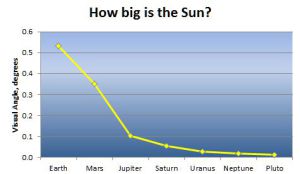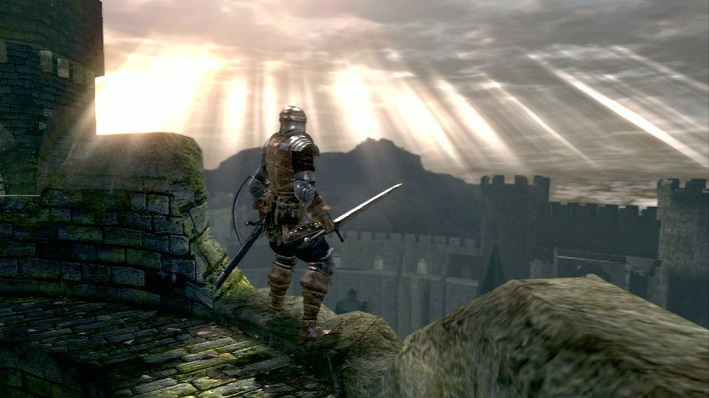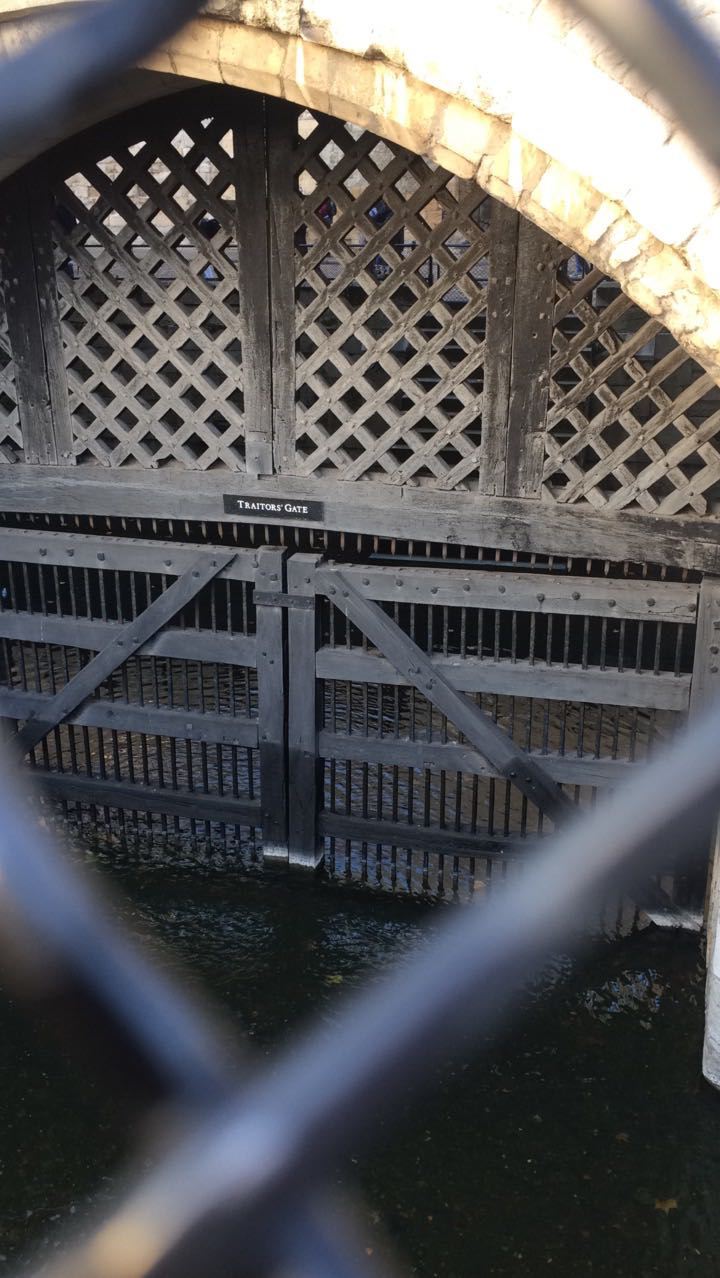“Don’t look up until it suddenly gets really dark, Teena. I’ll tell you when it’s time.”
“OK, Uncle Sy. Oooo, look at the house where our tree makes a shadow! It’s all over crescents!”
“Yep, wherever leaves overlap to make a pinhole, it’s like the one we made in our cardboard. See, those crescents are just like the one our pinhole beams onto the sidewalk.”
“Yeah. ‘Cause it’s the same Sun, right?”
“Sure is.”
“Are other little kids seeing the eclipse all over the world? They’ve got the same Sun, too.”
“No, just the ones who happen to be on the shadow stripe that the Moon paints on the Earth.”
“How many kids is that?”
“Hard to tell. Some families live where the shadow passes through, some families travel to be there, lots of other families just stay where they are. No-one knows how many of each. But we can make some not-very-good guesses.”
“The crescent’s going so slow. Let’s make guesses while we’re waiting.”
“OK. Let’s start by imagining that all the world’s people are spread evenly over the land and sea.”
“Even on the ocean? Like everyone has a little boat?”
“Yep, and sleds or whatever on polar ice, people everywhere. In our city there are eight blocks to a mile, so if we spread out the people there’d be one person every other block.”
“Every other block. Like just on the black squares on our checker board.”
“Uh-huh. The Moon’s shadow today will be a circle about 80 miles across and it’ll travel about 2500 miles across the whole country. The stripe it paints would cover about 6½ million spread-out people. Maybe 10 million if you count the people in little boats, ’cause the eclipse starts and ends over the ocean.”
“Lots of people.”
“Yes, but only about one person out of every thousand people in the world.”
“We’re pretty lucky then, huh?”
“Oh, yeah.”
“Are there eclipses on other planets?”
“Of a sort, but only for planets that have a moon. Poor Mercury and Venus don’t have moons so they never see an eclipse.”
“Aww. … Wait — you said ‘of a sort.’ Are there different kinds of eclipses?”
“You’re very alert this morning. And yes, there are. Two that get the publicity and two that we never see on Earth. It has to do with perspective.”
“Per … perspec…?”
“Perspective. The word originally meant very careful looking but it’s come to be about how things look from a particular point of view. See that tree across the street?”
“Yeah.”
“Think your hand is bigger than the tree?”
“Of course not. I climb that tree.”
“OK, put your hand between your eyes and the tree.”
“Oh! My hand covers the whole tree!”
“Yup. Nearer things look big and farther things look small. That’s perspective. Eclipses are all about perspective.”
“How come?”
“The perspective principle works in the Solar System, too. If you were to travel from Earth to Mars to Jupiter and so on, the Sun would look smaller at each planet.”
“Like the far-away trees look smaller than the close trees. But what does that have to do with eclipses?”
“A planet gets an eclipse when one of its moons comes between it and the Sun. That’s what’s happening right now here. Our Moon is moving between us and the Sun and blocking its light.”
“But I don’t see the Moon, just the carved-out piece.”
“That’s because we’re looking at the unlit side of the Moon. It’s so dim compared to the rest of the sky. Anyway, the Moon’s width we see is just about the same as the Sun’s width. The moons on the other planets don’t match up that well. On Mars, for instance, its moon Phobos appears less than half the width of the Sun even though the Sun appears only 2/3 as wide as we see it. Phobos can never cover the Sun entirely, so no true eclipse, just a transit.”
“Can the planet’s moon be bigger?”
“Sure. On Jupiter, Europa’s width completely blocks out the Sun. That’s called an occultation. You can look up now. Jupiter people can never see that corona.”
“Oooooo, so pretty. We’re lucky, aren’t we?”
“In more ways than you know, sweetie.”
~~ Rich Olcott
Advertisements Share this:


![Love Me in the Dark by [Asher, Mia]](/ai/090/974/90974.jpg)

